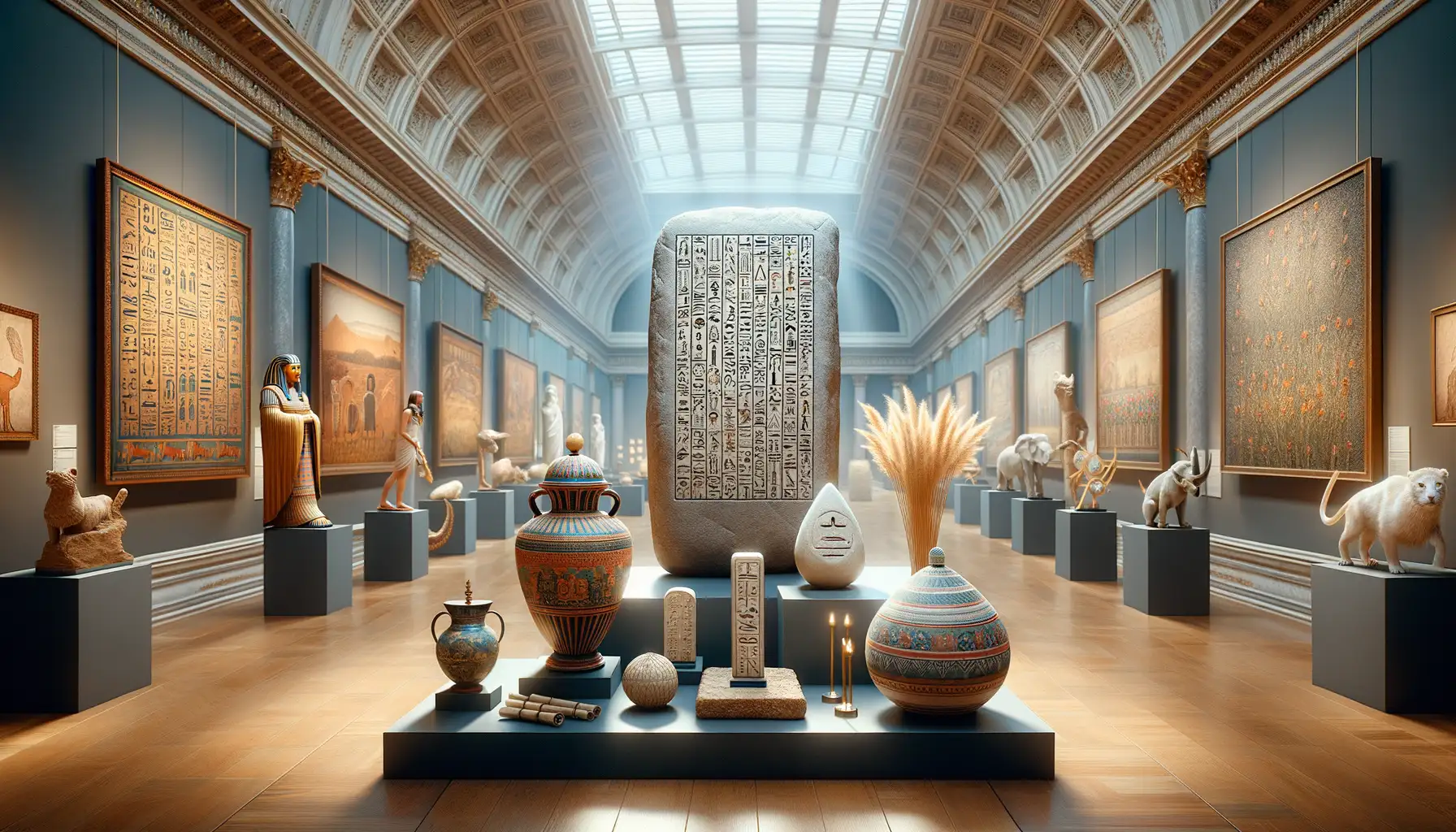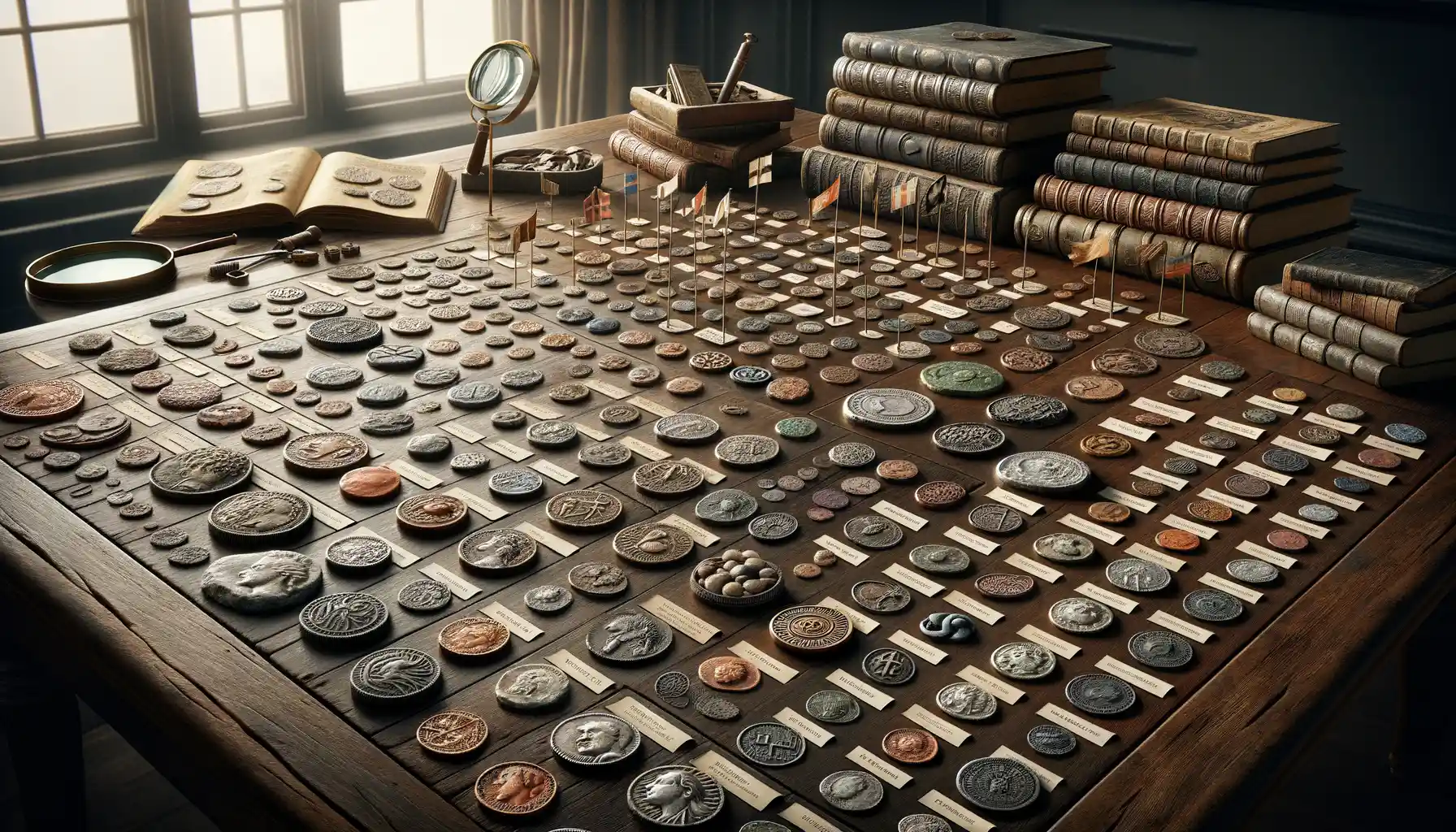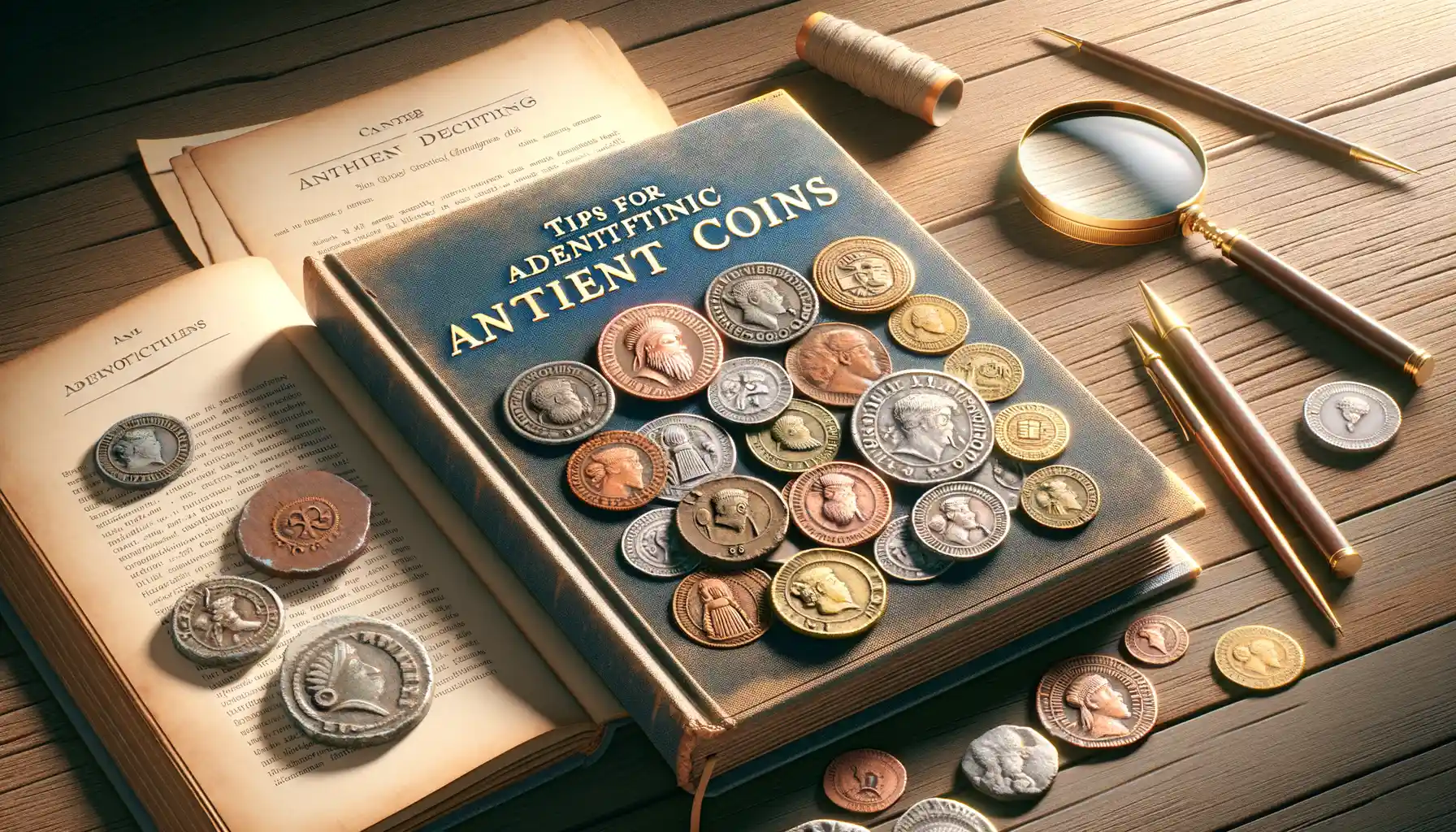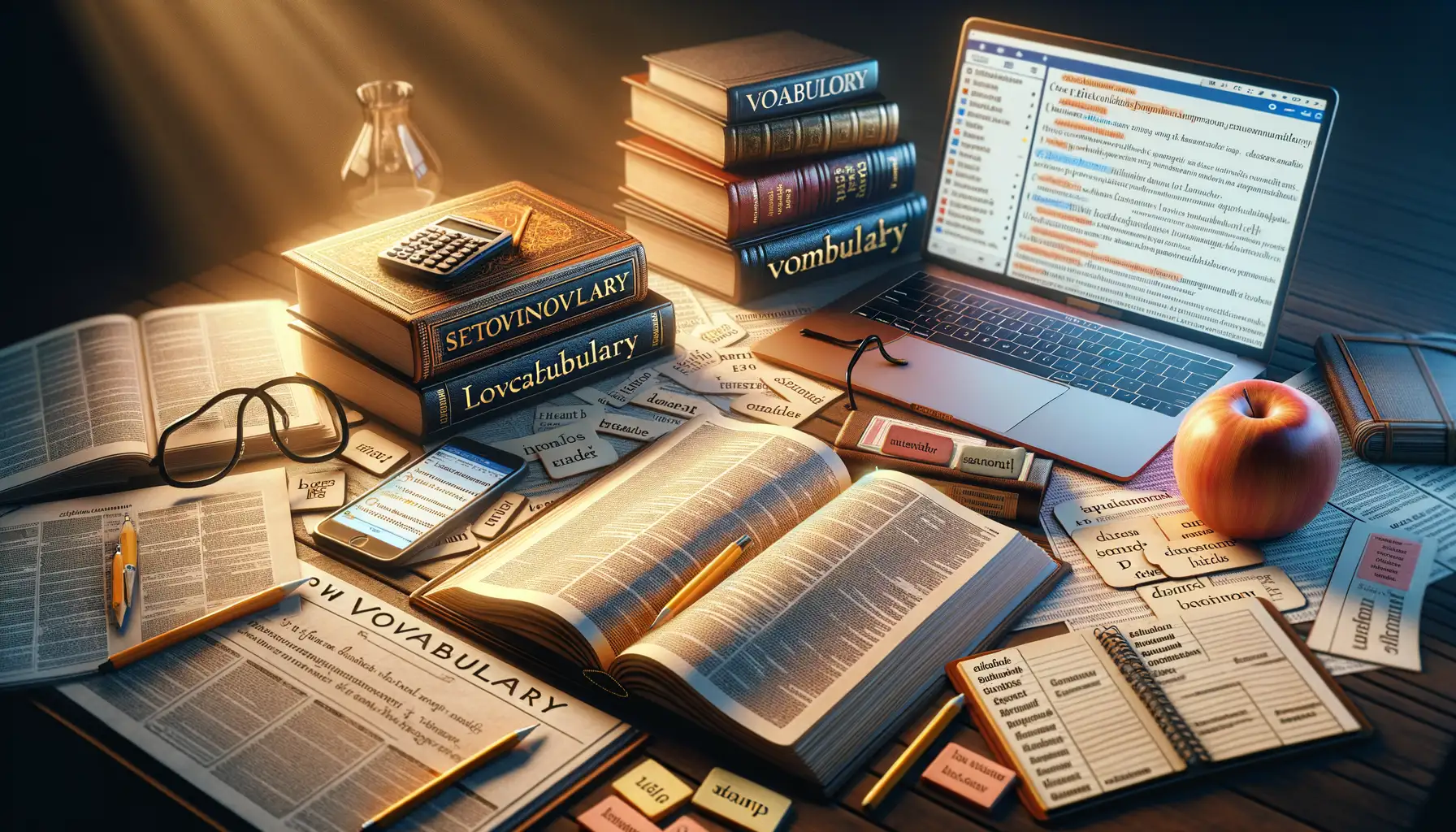Introduction to Ancient Coins
Step Back in Time with Every Coin
Imagine holding a small piece of metal that once jingled in the purse of a Roman merchant or lay buried in the sands of an ancient battlefield. That’s what ancient coins are: tiny, metallic time capsules that connect us to civilizations long gone. But these aren’t just objects—they’re storytellers. Each ding, each scratch whispers tales of empires, conquests, and everyday lives we’ll never meet but can almost touch.
What makes them so extraordinary? It’s their dual personality. On one side, they’re functional—used to trade silk, spices, even soldiers’ loyalty. On the other, they’re miniature art galleries. Think detailed portraits of rulers like Alexander the Great or intricate Greek mythological scenes frozen on silver.
- Some coins bear *mint marks*, secret codes of their origin.
- Others feature inscriptions that reflect faded languages and lost alphabets.
- A rare few display celestial events, like eclipses recorded for an eternity on gold or bronze.
These coins aren’t just collectibles; they’re invitations. Invitations to imagine, learn, and explore worlds left behind—not through thick textbooks, but through beauty you can hold in your palm. Are you ready to dive in?
Historical Significance and Cultural Value

Windows to Lost Civilizations
Ancient coins are more than just bits of metal; they’re tiny portals to the past, whispering tales of empires that rose and fell, of rulers whose names echo through history. Picture a battered silver coin bearing the profile of Alexander the Great—it’s not just currency; it’s history you can hold in your hand. Each coin carries a story: the ambition of a leader, the grandeur of a city-state, or even a society’s religious beliefs.
These artifacts aren’t mere collectibles; they reveal how people traded, who they honored, and what they valued. Roman coins, for instance, often depicted gods like Jupiter or Mars, cementing their importance in society. Meanwhile, coins from ancient China, with square holes in the center, reflected a unique melding of currency design and practicality.
- Think of a Greek drachma representing a bustling marketplace in Athens.
- Or a Byzantine solidus standing as proof of an empire’s economic might.
Every detail—from the inscriptions to the materials—captures the heartbeat of a vanished world. Looking at these coins is like stepping into a time machine, holding centuries of cultural pride and human ingenuity in your palm.
Types and Classifications of Ancient Coins

Diving into Ancient Coin Categories
If ancient coins could talk, they’d reveal tales of empires, conquests, and trade routes. These coins are not just circular bits of metal – they are windows into the past, rich with symbolism and artistry. Let’s unpack some fascinating categories that collectors often explore:
- Greek Coins: Known for their breathtaking designs, often featuring gods like Zeus or Athena and detailed depictions of animals such as the majestic owl.
- Roman Coins: Unlike Greek coins, these often tell the story of power – emperors’ portraits, military victories, and sometimes even propaganda messages stamped in precious metals.
- Byzantine Coins: Glittering with Christian symbols, these coins represent a shift in religious and cultural priorities as ancient worlds transitioned toward the medieval period.
Classifications Sparked by their Purpose
Beyond eras and empires, coins were minted to serve specific functions, each whispering its purpose. There are trade coins, designed for bustling markets and international exchanges – think of them as the ancient world’s version of a global currency. Then there are commemorative coins, minted to mark grand events like coronations or victories in battle. My favorite? Emergency coins! These were often crudely made during sieges or political strife – raw desperation hammered into history.
And let’s not forget the materials. Gold, silver, copper… each speaking of the wealth and priorities of its time. A single coin can embody an entire society’s identity – now that’s worth marveling at!
Collecting and Preserving Ancient Coins

Why Collecting Ancient Coins Feels Like Time Travel
Imagine holding a piece of history in your hands—an ancient coin that once jingled in the pocket of a Roman merchant or was buried alongside a Viking treasure. Collecting these coins is much more than just a hobby; it’s like stepping into a time machine without ever leaving your living room. Each coin tells its own story, marked by wear, intricate designs, and even the imperfections of ancient minting techniques.
To get started, focus on coins that spark a personal connection. Are you fascinated by Greek mythology? Seek out coins depicting gods like Zeus or Athena. Love military history? Look for Roman denarii honoring legendary emperors and their conquests.
Consider how you’ll preserve these treasures for future generations. Keep them safe from humidity and avoid harsh cleaning methods—each scratch wipes decades off their charm. Use archival-quality holders to cradle these delicate artifacts while displaying them with pride!
- Store coins in acid-free materials to prevent corrosion.
- Avoid touching them directly—use gloves to preserve the patina and fine details.
Invest in the care of these timeless relics, and they’ll reward you with a lifetime of stories whispered across centuries.
Tips for Identifying Authentic Ancient Coins

Spotting the Hidden Gems Among Fakes
Imagine holding an ancient coin—centuries of history pressed into metal, whispering tales of empires and forgotten rulers. But how do you know it’s genuine? The world of ancient coins is as thrilling as it is tricky, filled with counterfeits that can fool even seasoned collectors. Let me guide you on how to navigate this historical treasure hunt.
The Devil’s in the Details
Study those inscriptions, symbols, and edges! Ancient dies were hand-crafted, so every detail carries subtle irregularities. Too perfect? It’s probably modern. Hold the coin to the light—authentic ones often show wear only where human hands might naturally touch them over lifetimes.
Collector’s tip: Build relationships with trustworthy dealers and invest in reference books. Knowledge transforms doubt into discovery!





